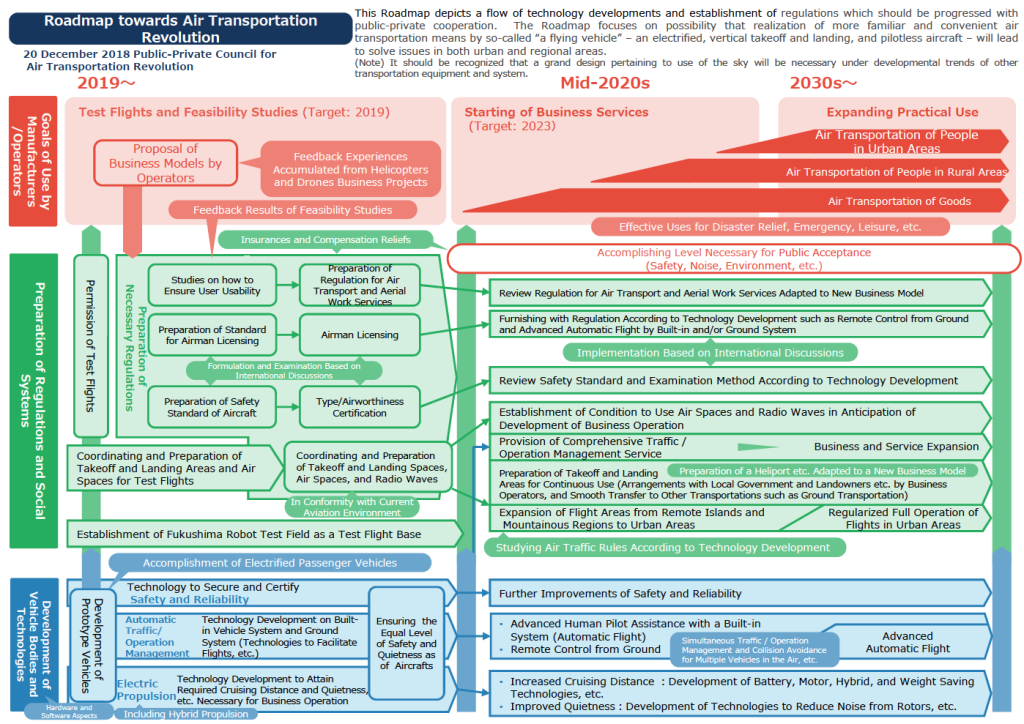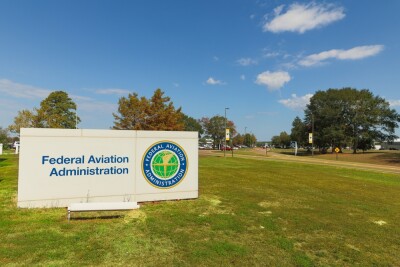Developing a concrete and detailed roadmap is critical for the future of the drone industry to achieve full commercial regulation. Having created the first roadmap back in 2017, the Japanese government is now at its third level, which means commercial flights in rural/unpopulated areas are regulated and approved, including BVLOS flights.
“Every year, the ‘roadmap’ has been updated and another milestone toward full commercial regulation in all areas is achieved,” Drone Fund Co-Founder and Managing Partner Mr. Soki Ohmae told Commercial UAV News. “Every year, the Japanese government is talking with solution providers and discovering new use cases for drones and adding them to the roadmap to make it as comprehensive as possible.”
Drone Fund is a VC fund dedicated exclusively to exploring and enabling these types of solutions by investing in companies specializing in hardware, software, DaaS, SaaS, and drone-enabling technology solutions. In January 2018, Drone Fund I raised a total of $15 million, whereas in April 2019, Drone Fund II raised a total of nearly 50 million USD, which “tells us companies in Japan recognize the unbelievable potential drones have to offer and believe in the vision of the fund for a drone-enabled, future society. It’s proof that we must start to use this technology to solve our issues”, Ohmae said.
Use technology to improve our lives
Drone Fund has 30 portfolio companies, specialized in different solutions and areas. For example, one company has an underwater drone while another specializes in AI tech and hover bikes. There are significant differences between all of them, but what they all have in common is innovative technology. Drones can do work better, faster, cheaper and safer and drone tech brings us closer and closer to an automated future society.
“Seeing the potential this technology has to improve our lives,” said Ohmae as he reflected on the initiatives that make up the drone roadmap for Japan like last-mile delivery, roofing/construction inspection and, of course, personal air mobility, “there is a lot to be excited about and it’s difficult to choose just one. Bottom line is that drones will save time, money, and lives, and that is worth getting excited over.”
Ultimately, Ohmae expects Japan to play the role of leader in both regulation and technology and other countries to recognize the strength of having a concrete, detailed roadmap toward full regulation.
The regulatory environment in Japan
According to Ohmae, Japan’s approach toward regulation “seems relatively unique.” The Japanese government wants to make the regulations more detailed to include as many use cases and technologies as possible. For example, monitoring/detection and agriculture industries can’t use the same regulations, which is why the government is taking the time to clarify these regulations as much as they can now, in order for the process to become more streamlined down the road.
Compared to other industries in Japan, drone regulations are moving at a much faster pace. One of the reasons for Japan’s desire to embrace drone technology is due to its aging and decreasing population, which has resulted in a lack of manpower to handle the country’s infrastructure issues.
“We have roads, tunnels, and bridges in some places that are over 60 years old, and badly in need of maintenance. We can use drones to handle these issues,” Ohmae added. “Usually regulatory changes happen very slowly in Japan as our regulators are overly prudent. For example, the government is still in the testing phase of autonomous cars, so the steps taken with drone regulation so far, show a much faster progression.”
Building a structured roadmap not only helps to find how drones can and should be used, but also gives transparency to companies in the industry who can follow along with the progress and know when the next opportunity for their solution will open up.
“Last year, we started to carry and deliver small packages in Fukushima (a rural area), so that means we are now ‘open’ to these solutions,” Ohmae explained. “And right now, we have started using this technology to inspect infrastructure.”
Worldwide expansion and the need for a UTM
Although the way drones are used can differ from country to country, the nature of the problem is usually the same. For instance, while Japan suffers from earthquakes and typhoons, in America there are tornadoes and wildfires, but the search and rescue and disaster relief solutions drones provide are the same.
“Another example is cargo application, regardless of where and to whom you are delivering to, cargo drone delivery will provide that solution everywhere,” Ohmae noted. “Sabrewing can deliver cargo to the isolated Aleutian Islands or to rural communities in the desert. Either way, the drone solution works.”
However, advancements in the space don’t rely solely on new use cases and technologies. To integrate drones in our day-to-day lives, in a manner that is similar to manned aircraft and maritime activities, there’s a need for a framework that works for drones—a UTM.
In late 2018, Akimasa Kameda, director of the Robot and AI technology Department at NEDO, whose mission is to address energy and global environmental problems and enhance industrial technology in Japan, talked to Commercial UAV News about how NEDO was thinking about conducting UTM integrated function connecting tests not only with Japanese unmanned aircrafts but with other countries as well.
To ensure compatibility, every country’s UTM will need to build the API to allow them to bridge the gap between them. This is definitely possible and allows for each area to use the UTM that suits it best.
“In some cases, a country might not want to use another country’s solution,” Ohmae pointed out, “so in that case it’s important that we are able to bridge separate systems. In the far future, I believe that many solutions will combine into one UTM. Especially, as urban mobility becomes more viable, municipalities and countries will not want separate UTMs handling that kind of traffic. In the sky and sea, all countries share roughly the same regulations, so with regard to drones, we believe it will be similar.”
















Comments